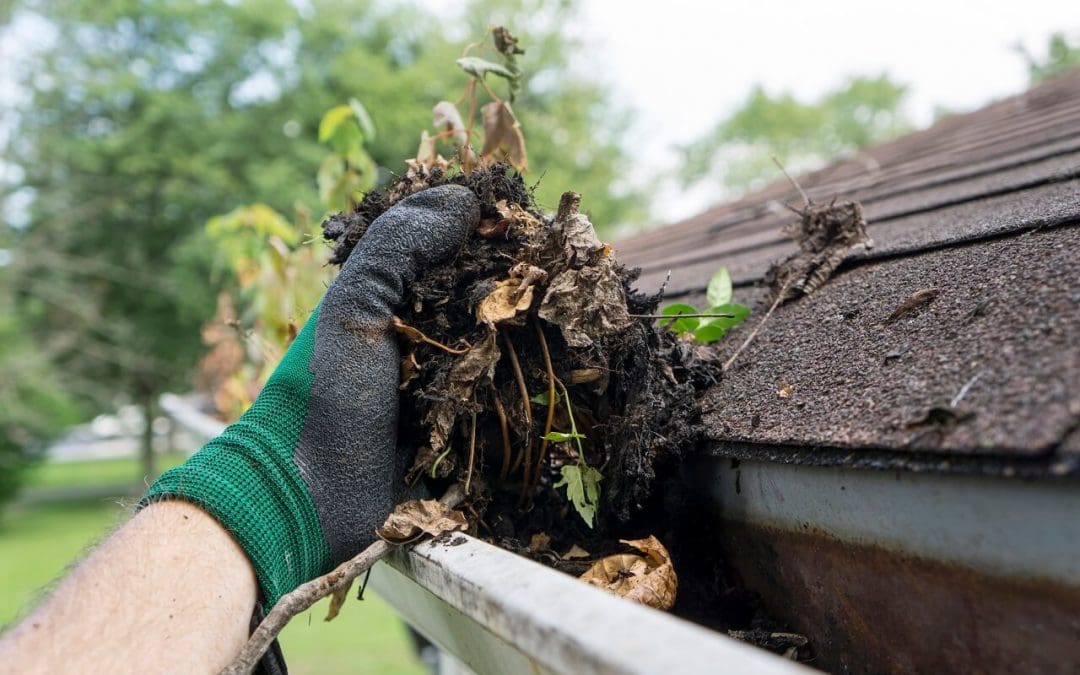Owning a home is rewarding, but it comes with a continuous to-do list. Mastering key home maintenance yourself saves you significant money on labor costs and empowers you with the knowledge to identify and address minor problems before they escalate into costly repairs. By dedicating a bit of time each season to these home maintenance tasks and inspections, your property will remain safe, efficient, and beautiful for years to come.
Organizing Your Home Maintenance Tasks
Approaching your home maintenance tasks seasonally makes the job feel less overwhelming. Divide your focus based on what the weather requires: spring for inspecting winter damage, summer for exterior projects, fall for winterizing, and winter for indoor efficiency checks. In the spring, focus on drainage. Clear debris from gutters, check the foundation for cracks caused by winter freezing, and inspect the roof for missing or damaged shingles. In the summer, tackle exterior paint touch-ups and repair loose deck boards or fencing. For fall, clean your gutters, prepare for cold weather by turning off and draining exterior water spigots, and checking the furnace. During the winter months, focus on indoor tasks such as testing smoke detectors and thoroughly cleaning appliance vents. Breaking the process down guarantees all crucial home maintenance tasks are addressed annually.
Plumbing Home Maintenance Tasks
Plumbing issues are often the source of the most expensive and frustrating home repairs, but many could be prevented with simple, routine home maintenance. Prevent clogs by avoiding the use of grease, coffee grounds, eggshells, or harsh chemicals in your drains. For slow drains, use a drain snake or a mixture of baking soda and vinegar before resorting to chemical cleaners. Locate your main water shut-off valve, and ensure that every adult in the house knows where it is and how to turn it off in an emergency. This single piece of knowledge could save your home from catastrophic water damage during a pipe burst.
Check under sinks and behind appliances like the washing machine and dishwasher for slow drips. Even a small, persistent leak could cause mold and structural damage over time. Tighten loose pipe connections and replace worn washers immediately. Regularly testing the pressure relief valve on your water heater is another simple, yet vital, task that prevents failure and maintains the safety of the unit.
Focus on HVAC Efficiency
Your Heating, Ventilation, and Air Conditioning (HVAC) system is your home’s largest consumer of energy. Keeping it running efficiently is paramount to reducing utility bills. Change your furnace/air conditioner filters every one to three months. A dirty filter restricts airflow, forces the system to work harder, and shortens its lifespan. Check that all supply and return air vents are open and not blocked by furniture, rugs, or drapes. Blocked vents compromise the system’s efficiency and lead to uneven heating and cooling. Clean the dryer vent and ductwork at least once a year. Lint buildup in the dryer duct is a leading cause of house fires. This task is crucial for both efficiency and fire safety, making it one of the most important home maintenance tasks you could perform.
Non-Negotiable Home Maintenance Tasks
Some home maintenance tasks directly impact the safety of your family and should never be deferred. Test all smoke and carbon monoxide (CO) alarms monthly, and replace the batteries twice a year. Guarantee there are alarms on every level of your home and near all sleeping areas. Know the location of your fire extinguishers, check the pressure gauges regularly, and confirm that the entire family knows how to use them. Inspect the grade around your foundation. The soil should slope away from your house for at least six feet for proper drainage. Water pooling against the foundation is one of the primary causes of basement leaks and foundation damage. These steps are fundamental to proactive home defense.
Frequently Asked Questions (FAQs)
How often should I clean my gutters as a home maintenance task?
Gutters should be thoroughly cleaned twice a year (typically spring and fall).
What is the best time of year to caulk windows and doors?
Caulking and weatherstripping are best performed during moderate temperatures (late spring or early fall) so the caulk will cure properly and the materials being sealed are neither contracted by extreme cold nor expanded by extreme heat.
Where is the main water shut-off valve usually located?
In most homes, the main water shut-off valve is located where the main water line enters the house. This is often located in the basement, near the front wall, in a utility closet, or close to the water heater or laundry area.

